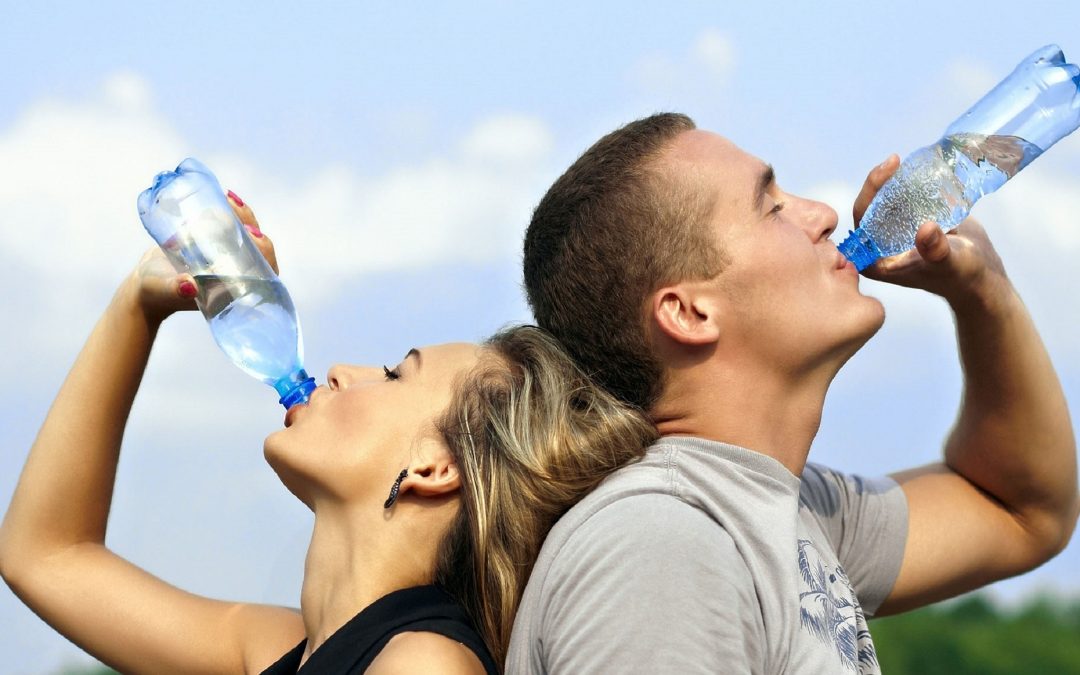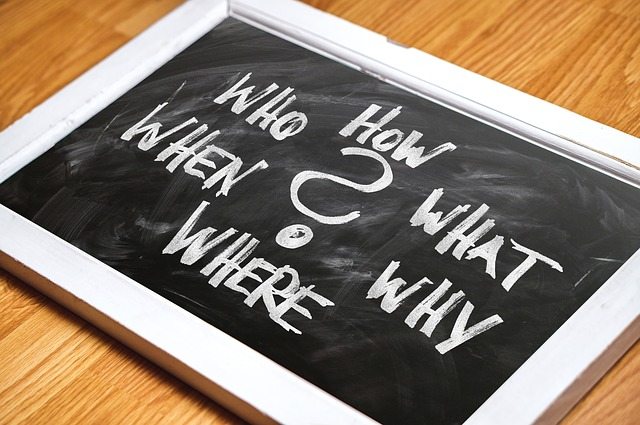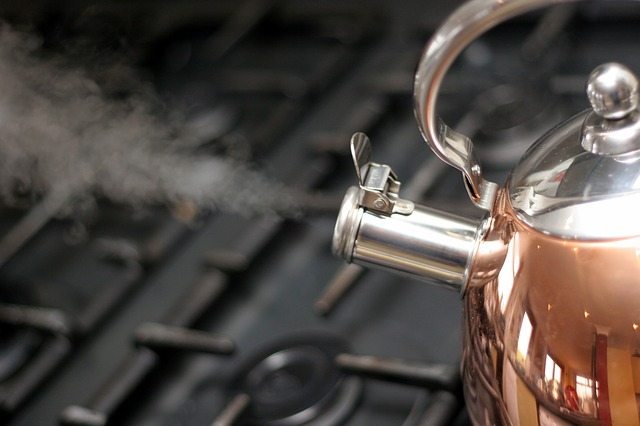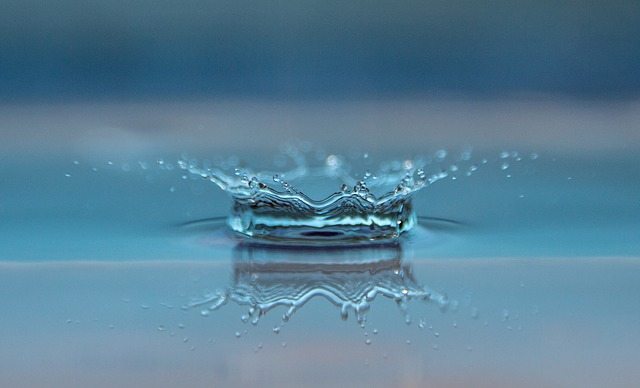When you think about preparing for emergencies, what do you think about first? Storing food? Learning first aid? Stockpiling supplies?
For many, the most important resource of all has been kicked to the sidelines: water.
It might seem cliché, but forgetting water preparedness can be a deadly mistake. Healthy food, first aid kits, and bartering items ultimately won’t do you a lick of good if you don’t soon have clean, fresh drinking water.
Even in disasters where water is everywhere (like flooding that occurs during hurricanes), clean water is usually one of the hardest things to obtain, so it’s essential that you are prepared to have clean water on hand and purify unclean water sources.
Today, we’ll be going through some of the basic information about water preparedness and providing you with resources that will help you become fully prepared in this area.
Why Prepare Water?
Before we talk about the how, we must first talk about the why.
After all, for many people, preparing water is an absolutely foreign idea. Daily we can turn on the faucet and the clean, life-giving substance flows—as long as it flows, we have clean water, whenever we need it.
Or, do we?
In an emergency situation, water quickly becomes a precious commodity. And, emergency situations happen without much warning.
- Natural disasters like hurricanes, tornadoes, and earthquakes
- Water disasters like lead, chemical, or even radiation contamination
- Other disasters like terrorist attacks, wildfires, and political unrest
Think it hasn’t happened recently? Think again.
The toxic contamination of the water supply in Flint, Michigan with high levels of lead was in the news for over a year.
In August 2014, the City of Toledo, Ohio placed a DO NOT DRINK order on its 500,000+ residents on public water due to a toxin present that was caused by an algae bloom in Lake Erie, the water supply source.
And don’t forget the chemical spill into the Elk River in West Virginia in January 2014 that contaminated the water supply for over 300,000 West Virginians! Relying on municipal or well water supply without a means to purify water can leave you in a bad place.
Whatever the situation, you need clean, fresh water…and you need it quickly. That’s why it’s imperative that you prepare your water today, before an emergency actually happens.
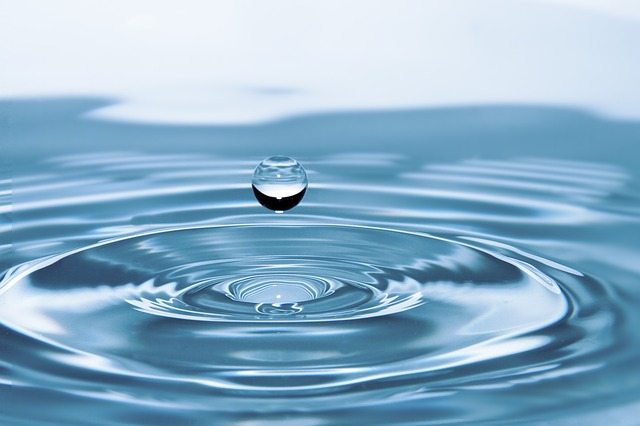
Image from Pixabay via ronymichaud
How Do I Make Sure I Have Fresh, Clean Water?
The plan of attack for water preparation starts with several tools. Specifically, those tools are storage, purification, and knowledge.
Storage
You never know when you’re going to suddenly be without clean running water, and you need to have water stored in advance so you’re prepared to meet your water needs for however long the emergency lasts.
So, how much water do you need to store?
You need to plan to provide 1 gallon per person per day for the duration of the emergency for drinking and cooking. This does not include water for washing and bathing and other needs (like watering animals).
If the power goes out due to a hurricane for 5 days, a family of 4 will need at least 20 gallons. For a family of 7 and a 2-week emergency, the total goes up to almost 100 gallons!
It’s best to be conservative and plan to store enough water to weather an emergency of at least 2 weeks.
There are hundreds of storage containers available today via the internet.
Water Bottles
The smallest of all water storage containers, water bottles are handy and very accessible. (Who hasn’t seen a water bottle in their local grocery store?) They’re easy to buy, easy to transport, and easy to store.[i] You can even make your own bottled water using these instructions from the Survival Still Blog.
Water bottles, however, do have their downsides. Specifically, plastic water bottles have been known to have a chemical leaching problem. And, they must be cleaned and rotated.[ii]
Water “Bricks” or Boxes
These options are bit larger (3.5 to 5 gallon) and, despite their size, are designed for long-term storage. They require less rotating and hold more water than bottles, but are easier to move than water barrels. Many also have tops for pouring.
Water Barrels
These storage containers are much larger and aren’t easy to move, but are good at storing large amounts of water. Some of the options available include 55 gallon barrels and up to several hundred gallons capacity—now that’s a lot of water!
The downside? They don’t transport well and aren’t as easy to manage or store as water bricks or boxes.
Other Options
There are hundreds of other water storage containers you can experiment with today, including water jugs, water bladders, and even water pouches.
Purification
Water storage is great, but (eventually) you’ll need to actually purify water. The ability to purify dirty water is your best, long-term solution.
Boiling
We all know the process, but how does boiling purify water? Take a look.
- Removes living pests, like germs and parasites[iii]
- Doesn’t remove things like chemicals—boiling actually concentrates these dangerous substances![iv]
Chlorination/Purification Chemicals
The high-tech method, chlorination and purification chemicals (like water purification tablets) are another common method.
How does chemical treatment purify contaminated water?[v]
- Removes living pests like germs, parasites, and bacteria
- Once again, it doesn’t remove things like chemicals
Filters
Filters are another option; they can remove radioactive fallout and you can even make your own filters![vi] FEMA, however, doesn’t recommend filters, because, as Survival Still’s blog post mentions, “all filters fail.”
Distillation
Distillation starts with boiling, but instead of using the boiled water, you collect the condensation. It is purified (distillation removes pretty much every contaminant).
You can make your own distiller using these resources:
- “5 Ways to Purify Water” at Survival at Home
- ”Distillation is the Best Process During an Emergency” at Survival Still
You can also purchase distillers, like the Survival Still.
In addition, here’s an option for a home water distiller too
For your continued learning, please check out these informative articles.
Emergency Water Basics
“What Happens If You Go Without Water?” post at Survival Still [Video]
Free Emergency Water Checklist from Survival Still
FEMA & Red Cross Recommendations for Water Treatment at Survival Still Series:
Water Planning
“Where to Find an Emergency Water Supply” at Family Survival Planning
Off-Grid Water Systems
“How To Build An Off Grid Gravity Fed Water System Cheaply” at Survival Punk
“Living Without Running Water” at Homestead Honey
“Off Grid Water Systems: Gravity Fed, Rain Barrels, Cisterns & Wells” at Pure Living for Life
Practical Water Preparation & Purification
“5 Ways to Purify Water” at Survival at Home
“The Difference Between Pasteurization, Boiling, and Distillation?” at Survival Still
“8 Easy Ways to Purify Water – From Any Source” at Family Survival Planning
“Water Purification: Berkey Q & A” at Pantry Paratus
“How To Purify Water In The Field” at Backwoods Resistance
Water Storage
“Water Storage for a Suburbanite” at Self Reliant School
“How to Store Water: Choosing the Right Containers” at Simple Family Preparedness
“4 Ways to Store & Purify Water at Home” at Melissa K. Norris
Ready? Set? Go!
See, now you can be prepared and cover even the most important resources you need…including fresh, clean, water for yourself, your family, and your home.
Sources:
[i] http://foodstorageandsurvival.com/pros-and-cons-of-popular-water-storage-containers/
[ii] http://yourownhomestore.com/store-water-choosing-right-containers/
[iii] http://survivalathome.com/5-ways-purify-water/
[iv] http://survivalstill.com/fema-and-red-cross-recommendations-for-treating-water-in-an-emergency-part-6/
